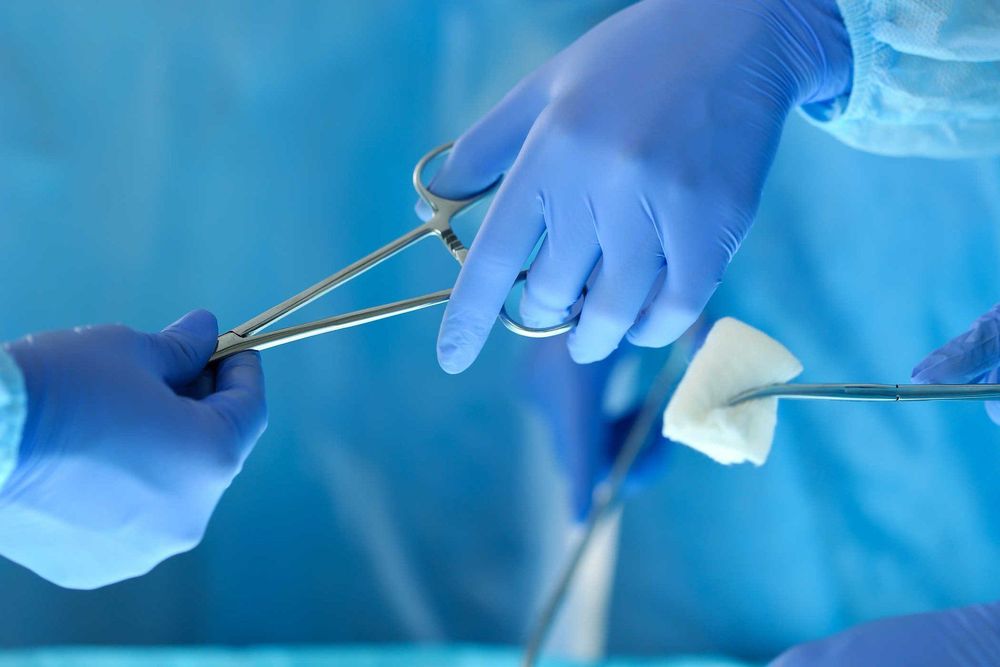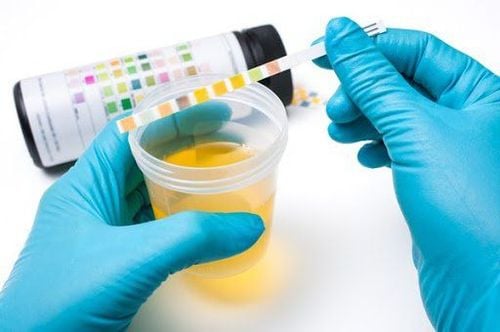This is an automatically translated article.
The article is professionally consulted by Doctor Vo Thi Thuy Trang, Department of Medical Examination & Internal Medicine - Vinmec International Hospital Da Nang.Enema is a procedure that introduces water through the anus into the colon to soften and loosen stools, and at the same time widen the bowel wall. The stimulated intestinal wall will contract, pushing the stool out. This procedure is performed to support the diagnosis and treatment of some common diseases in the colon and rectum.
1. Who needs an enema?
1.1 Subjects indicated for colon enemas Patients with long-term constipation; Patients before performing abdominal surgery, especially colon surgery; Patients before laparoscopy, colon, rectum to detect damage to these organs; Before taking X-ray of the colon with contrast injection, the abdominal cavity is prepared; Women before giving birth; People need to perform an enema before the enema so that the drug that cleans the colon is absorbed into the body through the colon. 1.2 Subjects contraindicated to remove enemas Patients with appendicitis; Patients with intestinal volvulus; Patients with typhoid, necrotizing enterocolitis are at risk of intestinal perforation; Patient has anal and rectal lesions.
2. Colon enema procedure
View medical records, confirm the exact patient's colostomy; Strictly follow the doctor's instructions about enema method and enema solution; Inform the patient about the technique to be performed, including the implementation process, the purpose of implementation. If the patient is comatose, it is necessary to explain to the relatives about the enema procedure; Prepare the necessary tools including: cannula, enemas, enemas with regulated temperature, wiring and clamps, lubricating oil, disposable gloves, waterproof cushions, blankets , toilet paper, a flatbed (or toilet seat), basin of water, towels and soap; Perform the procedure: Cover the patient, attach a retractable cannula to the wire, attach the wire to the enemas, place the patient in the correct position, spread rubber scales lining the buttocks, exposing the anus and rectum area. Then, put the flatbed in a convenient location, hang the tank high, open the clamp to push the water into the system and then clamp the tube. Next, check the temperature of the enemas solution, lubricate about 6-8cm of the cannula, then make an anal line, insert the tube into the rectum, toward the navel and unlock the water to flow slowly into the rectum. After all the fluid has entered the colon, clamp the tube, gently remove the tube and plug the anal area, asking the patient to try to hold off a bowel movement for as long as possible while lying gently on the bed. Next, the medical staff cleans up the equipment, rinses it appropriately, helps the patient to defecate, cleans the anal area, then observes the characteristics of feces and discharge, records.
3. Is colostomy painful?
When performing an enema procedure, usually the patient will have pain but not much. First, when the catheter is inserted into the rectum, even though it is lubricated, but because it goes against the normal direction of waste, the body's reflex is usually to push the foreign body away, if it continues to be inserted, it can cause symptoms. mild pain and discomfort for the patient. Besides, at the time of pumping water into the colon through the catheter, many patients have symptoms of abdominal pain, discomfort, and want to defecate. This is a common symptom. At this time, the nurse will close the indentation faucet, not allowing water to flow in for the patient to rest. When the above signs are gone, the indentation will continue with lower water pressure.Enema removal can cause some inconvenience, but it is necessary for the doctor to make an accurate diagnosis and make the right treatment options for each patient.
Specialist Doctor I Vo Thi Thuy Trang is trained in gastroenterology, hepatobiliary tract and gastrointestinal endoscopy; continuously updated and received advanced endoscopic training from professors and endoscopy experts from Switzerland and Japan; participated in many domestic and international gastroenterology and endoscopy conferences.
With nearly 20 years of working at Da Nang General Hospital in the field of gastrointestinal endoscopy - hepatobiliary disease, every year, Doctor Vo Thi Thuy Trang participates in endoscopy more than 1500 cases including: endoscopic diagnosis of diseases stomach, colon such as: detecting inflammation, ulcers, polyps, cancer, finding HP bacteria, detecting cancer early in the digestive tract...; Endoscopic treatment such as: Hemostasis in gastrointestinal bleeding, esophageal varices ligation in cirrhosis, endoscopic gastrointestinal polypectomy...
Please dial HOTLINE for more information or register for an appointment HERE. Download MyVinmec app to make appointments faster and to manage your bookings easily.














